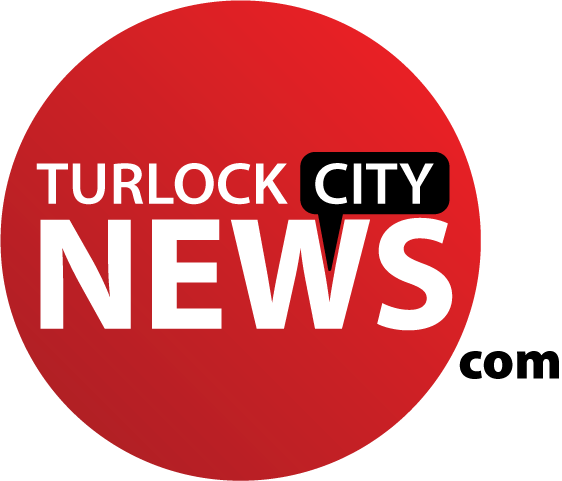Governor Brown recently proposed his 2015–16 Budget for the State that includes increased funding for healthcare and education, and addresses water, debt and a variety of other issues.
“This carefully balanced budget builds for the future by saving money, paying down debt and investing in our state’s core needs,” said Brown.
The budget puts billions more into schools and health care coverage, holds college tuition flat and, because of Propositions 1 and 2, invests in water projects and fiscal savings while seeking to address long-term liabilities like debt, infrastructure, retiree health care and climate change.
In 2011, when Brown took office there was a $26.6 billion budget deficit and around estimated $20 billion in annual revenue shortfalls. With cuts, deficits have been eliminated, according to the office of the Governor, causing an improved economy and new temporary revenue as approved by voters.
The Budget includes $532 million in expenditures from the Proposition 1 water bond to continue the implementation of the Water Action Plan, the administration’s five-year roadmap for sustainable water management.
Additionally, the Budget includes $1.1 billion in spending from the 2006 flood bond for flood protection. Included is a proposal for $1 billion in cap-and-trade expenditures for investments in low-carbon transportation, sustainable communities, energy efficiency, urban forests and high-speed rail.
Brown called these items necessary, also calling for reductions in carbon pollutants to address the ongoing threat posed by climate change.
With the proposed budget, Rainy Day Fund would have a total balance of $2.8 billion by the end of the year. There would be an additional $1.2 billion in spending from Proposition 2 funds to paying off loans from special funds and past liabilities from Proposition 98.
This Budget repays the last $1 billion owed in deferrals to schools and community colleges, makes the last payment on the $15 billion in Economic Recovery Bonds that was borrowed as far back as 2002 to pay back deficits; it also repays local government entities $533 million in mandate reimbursements.
In State K-12 schools, funding levels will increase by more than $2,600 per student in 2015-16 over levels from 2011-12. These measures will seek to mitigate inequities in school district funding with the Local Control Funding Formula implementation, adopted in 2013-14.Previously, funding was expected to be $47 billion in the upcoming year, but with the new formula, will provide $50.7 billion.
With rising tuition in the previous years, this budget allots $762 million to each of the California State University and University of California systems on the condition that tuition remains flat.
The Budget provides over $1.2 billion in funding to support a coordinated framework for adult education, career technical education, workforce investment and apprenticeships. These funds are intended to provide training and education to workers in California so they can develop the skills they need for self-sufficiency and greater personal advancement.
Because of the Affordable Care Act, it is estimated that the Medi-Cal caseload will rise from 7.9 million in 2012-13 to an estimated 12.2 million in 2015. Nearly one third of California residents are covered by Medi-Cal, which, through its expansion, has extended care to many low-income residents.
Currently, California’s unfunded liability for retiree health care benefits stands at around $72 billion, but is among fastest growing areas of the state budget. In 2001, retiree health benefits made up 0.6 percent of the General Fund budget for a total of $458 million, but have risen to 1.6 percent for a total of $1.9 billion; it is estimated that this number will grow to $100 billion by 2020-21 and $300 billion by 2047-48.
The Budget proposes a plan to make the retiree benefits more affordable by adopting measures to lower premium cost growth. Additionally, the Budget requires the state and its employees to equally prefunding the retiree health benefits, that would initiate as labor contracts come up for renewal.
Investment returns, under the proposed budget, would help pay for future benefits, similar to state’s pension plans, to eventually eliminate unfunded liability by 2044-45, ultimately saving around $200 billion in the next 50 years.
“Our long-term fiscal health depends on the wise and prudent actions we take today,” said Brown.
More information on the budget can be found at www.ebudget.ca.gov or www.dof.ca.gov.







